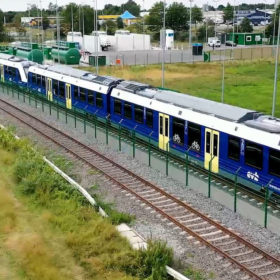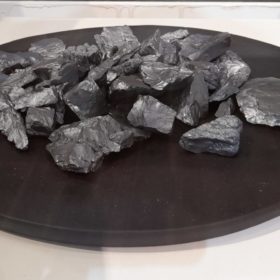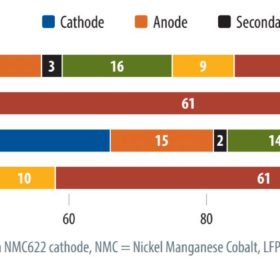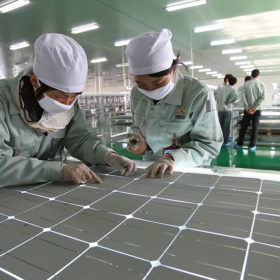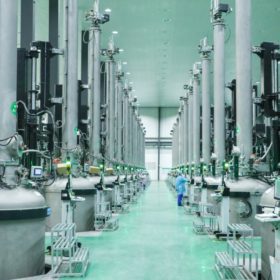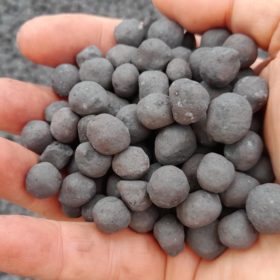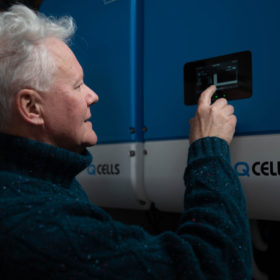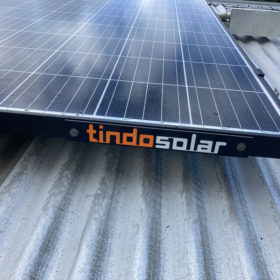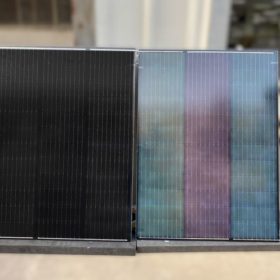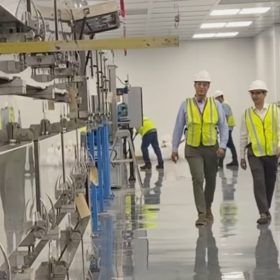Germany launches world’s first operating hydrogen trains
Germany has launched the world’s first operational hydrogen trains and US researchers have presented a novel design for a tubular PEM fuel cell. ABB and Hydrogen Optimized, meanwhile, have expanded their strategic ties and Slovakia has moved forward with a major gas-blending pilot project.
Polysilicon price reaches new high at $66/kg, government takes action
Average polysilicon prices hit CNY 312 (AU$65.8)/kg this week, according to an industry association in China. The nation’s Ministry of Industry and Information Technology, the State Administration for Market Regulation, and the National Energy Administration have also asked regional authorities to take action to deal with the price increase.
Weekend read: Strong case for energy storage, despite rising costs
Unprecedented volatility in global commodity markets, disruption to logistics and supply chains, and unrelenting growth has driven up the cost of Li-ion batteries since the middle of 2021. Sam Wilkinson and Oliver Forsyth of IHS Markit expect to see rapid manufacturing expansion that will still struggle to keep up with demand, and ultimately lead to the establishment of a smaller group of battery-makers specialized in supplying stationary energy storage systems.
Polysilicon-to-solar module gigafab in planning for India
State-owned NHPC and Bharat Electronics Ltd will leverage their complementary strengths to set up a gigawatt-scale vertically integrated solar manufacturing unit.
Chinese power rationing affects solar module production
China installed 37.73 GW of solar in the first seven months of this year, according to official estimates. JinkoSolar said it is struggling to cope with power rationing in Sichuan province, while Shunfeng said it expects to record a hefty net loss for the first half.
SA’s Whyalla steelworks hits green steel milestone with first batch of premium magnetite
South Australia’s Whyalla, the site of the state’s government-backed hydrogen hub, has begun producing a vital component used to make green steel: magnetite concentrate. The steelworks is owned by billionaire steel tycoon Sanjeev Gupta through his global company GFG Alliance. Gupta has described magnetite concentrate as “a critical enabler of our global green steel strategy.”
Qcells Australia reports 194% jump in battery sales in July
South Korean solar and battery manufacturer Qcells says its Australian arm has seen 194% growth in energy storage system (ESS) sales in July 2022 compared to the first quarter of the calendar year.
Tindo unveils Australian-made 410 W solar panel with 20.6% efficiency
Australian module manufacturer Tindo Solar has unveiled a new solar panel based on M10 wafers for residential and business rooftop systems. The new addition to the company’s Karra range has a rated power of 410 W at 20.6% module efficiency and 23.1% cell efficiency.
Research team unveils high-efficiency coloured BIPV panels
Researchers in China have reported a colourisation strategy for solar based on photonic glass. They created solar panels that took on blue, green, and purple hues, while only dropping the efficiency of power generation from 22.6% to 21.5%.
Magnis Energy begins production at US battery ‘gigafactory’
Sydney-based lithium-ion battery specialist Magnis Energy Technologies has begun commercial production of full-sized cells at its manufacturing plant in the United States with plans to increase production to 38 GWh of battery cell capacity per year by the end of the decade.
